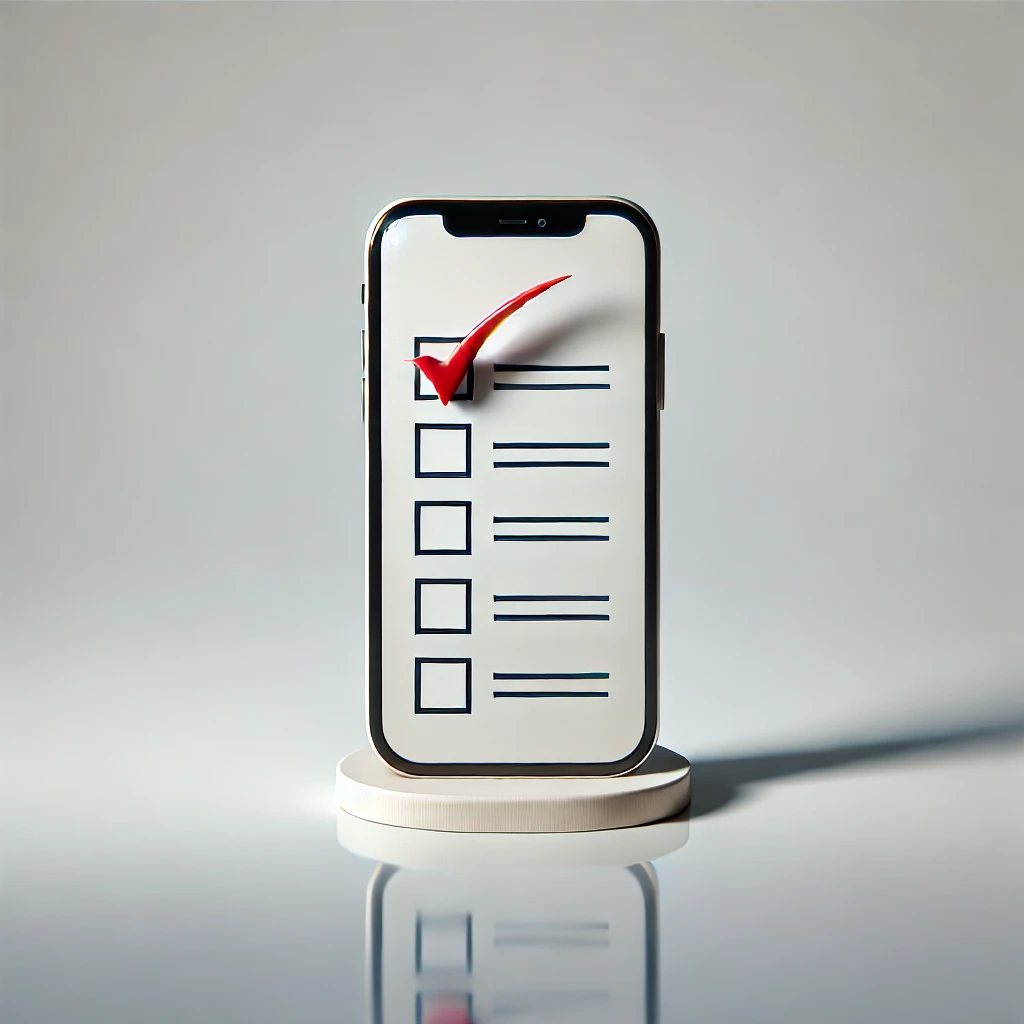As out-of-home (OOH) advertising continues to grow in the digital age, the need for reliable OOH verification has become crucial for advertisers. With campaigns often spanning multiple locations and various formats, verifying that ads are displayed correctly and reach the intended audience is essential for maximizing return on investment (ROI). But what exactly is OOH verification, and how can businesses ensure their ads are delivered as promised?
What is OOH Verification?
OOH verification is the process of confirming that out-of-home ads, such as billboards, transit ads, or digital displays, have been deployed as planned. This involves ensuring that the ads are shown at the correct locations, during the agreed time slots, and to the targeted audience. It also includes verifying that the ad content complies with creative guidelines and regulations.
The verification process typically includes several key components:
- Proof of Play: For digital OOH campaigns, proof of play ensures that the ads were shown at the specified times and frequencies. This is critical for digital billboards or screens where content can be rotated throughout the day.
- Geolocation Data: Using mobile data, advertisers can track how many people were exposed to an ad, helping to verify the audience reach.
- Compliance Checks: Ensuring that the ad content follows the contractual agreements and is compliant with industry standards or local regulations.
Benefits of OOH Verification
- Increased Transparency: OOH verification provides transparency to advertisers, ensuring that they are paying for the exact media exposure they contracted. This level of accountability builds trust between media owners and advertisers.
- Improved ROI: By verifying that campaigns are delivered as intended, businesses can accurately assess the performance of their OOH ads. This leads to better decision-making for future campaigns and more efficient use of advertising budgets.
- Audience Insights: Through the use of geolocation data and mobile tracking, advertisers gain deeper insights into who was exposed to their ads, allowing for more targeted and relevant future campaigns.
- Compliance and Quality Control: OOH verification ensures that the ad content meets all regulatory standards and adheres to the creative guidelines set by the advertiser, preventing any potential issues with incorrect or outdated messaging.
Expert Opinions
Industry experts agree that OOH verification is becoming increasingly important in modern advertising. Sarah Lewis, a media strategist, notes, “As OOH advertising becomes more dynamic and data-driven, the need for accurate verification tools is greater than ever. Brands need to know that their ads are being delivered in the right way to maximize their impact.”
Similarly, John Taylor, CEO of [AdTech Insights], emphasizes, “OOH verification isn’t just about confirming ad placements; it’s about ensuring that advertisers can measure success accurately. The ability to track real-time performance and make adjustments is key to improving the effectiveness of OOH campaigns.”
Future Trends in OOH Verification
The future of OOH verification is set to evolve with advancements in technology, particularly with the integration of artificial intelligence (AI) and machine learning. These technologies will enhance the accuracy of audience measurement and tracking, allowing advertisers to predict audience behavior more precisely.
- AI-Powered Verification: AI can automate the verification process, reducing the need for manual checks. It can also analyze large datasets from multiple locations simultaneously, ensuring more accurate and efficient reporting.
- Enhanced Audience Metrics: With improvements in geolocation technology and mobile tracking, future verification tools will provide even more detailed insights into audience demographics and behaviors. This will enable advertisers to make more informed decisions and tailor their messages more effectively.
- Blockchain for Verification: Blockchain technology may also play a role in enhancing transparency and accountability in OOH verification. By creating a decentralized ledger, all parties involved in the ad campaign (advertisers, media owners, and agencies) can access and verify the data, ensuring greater trust and reducing discrepancies.
Conclusion
In today’s data-driven advertising landscape, OOH verification is essential for ensuring the success and accountability of out-of-home campaigns. By providing proof of play, audience insights, and compliance checks, advertisers can maximize their investment in OOH media. As technology continues to advance, the future of OOH verification promises even more sophisticated tools for tracking and optimizing ad performance.
For more insights on how to enhance your OOH campaigns with verification tools, visit our website Confirm and explore the latest trends in digital advertising.
